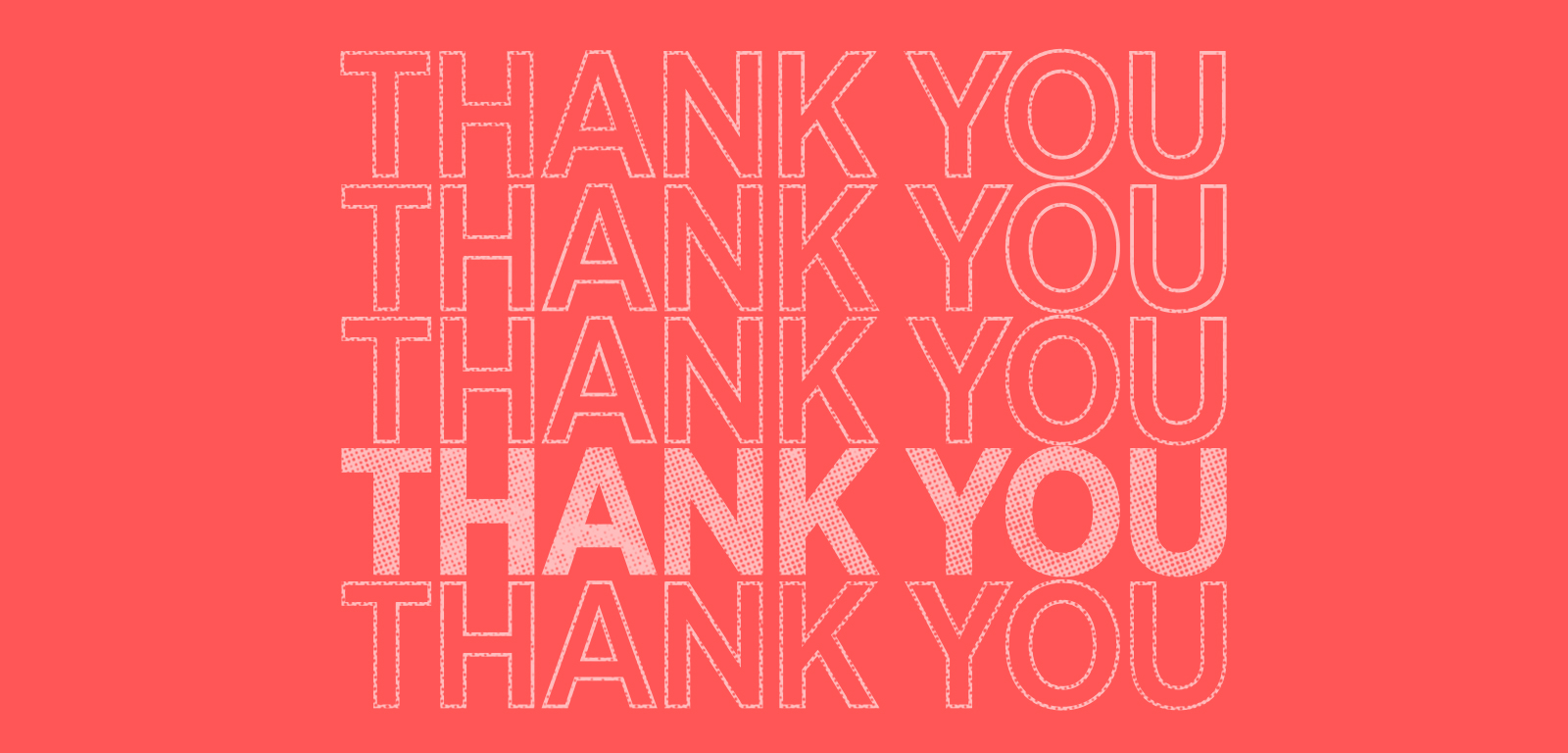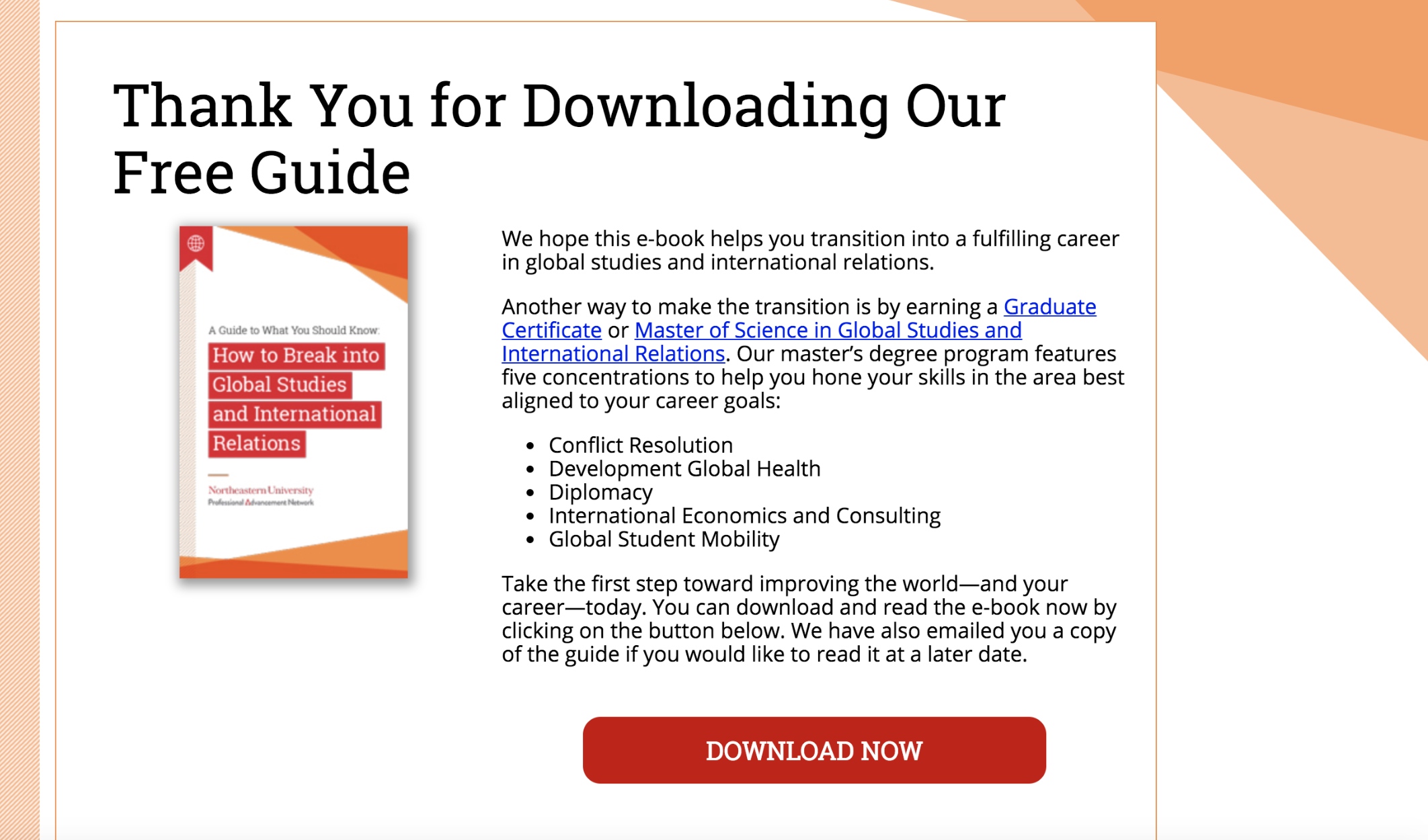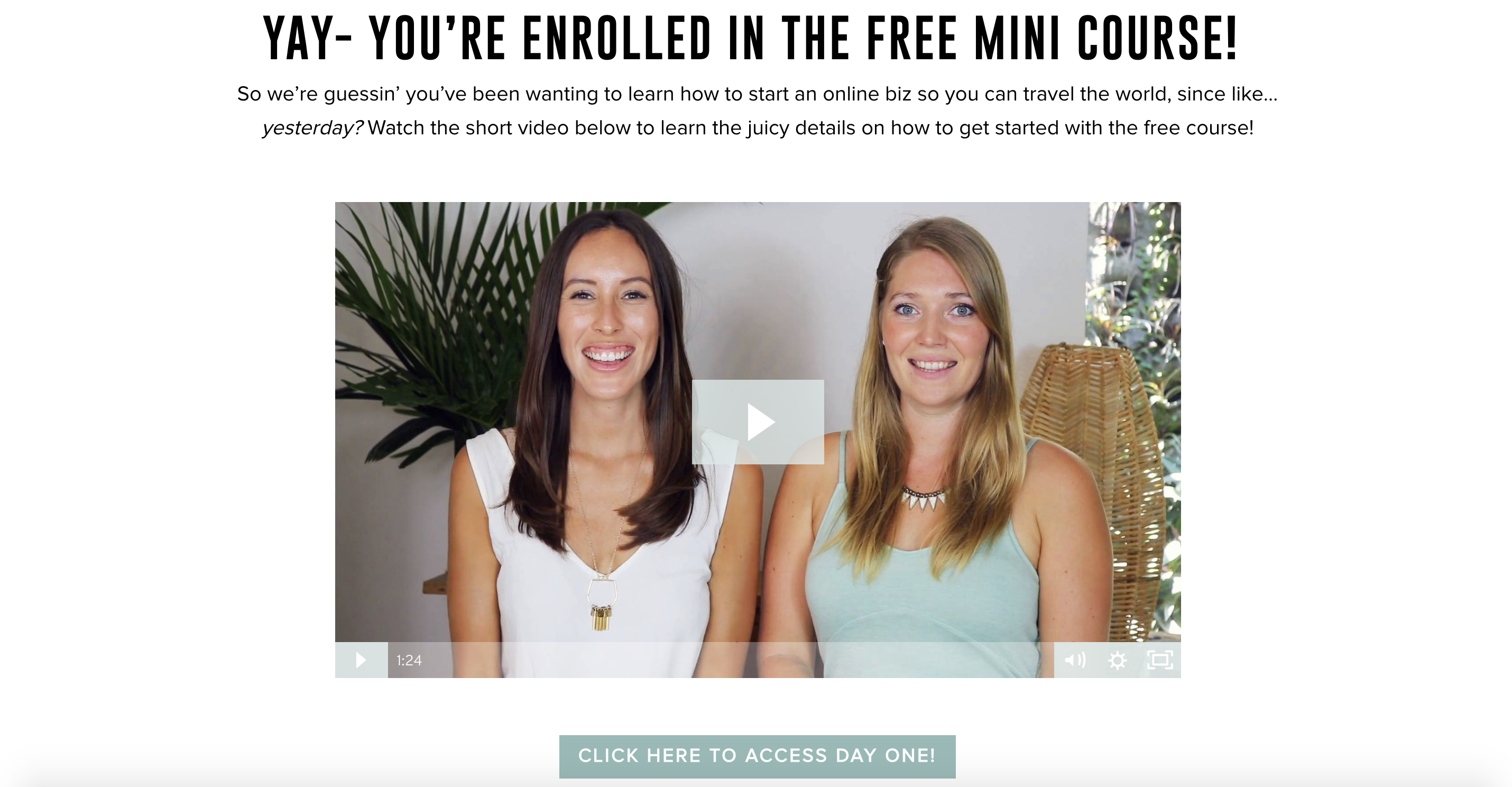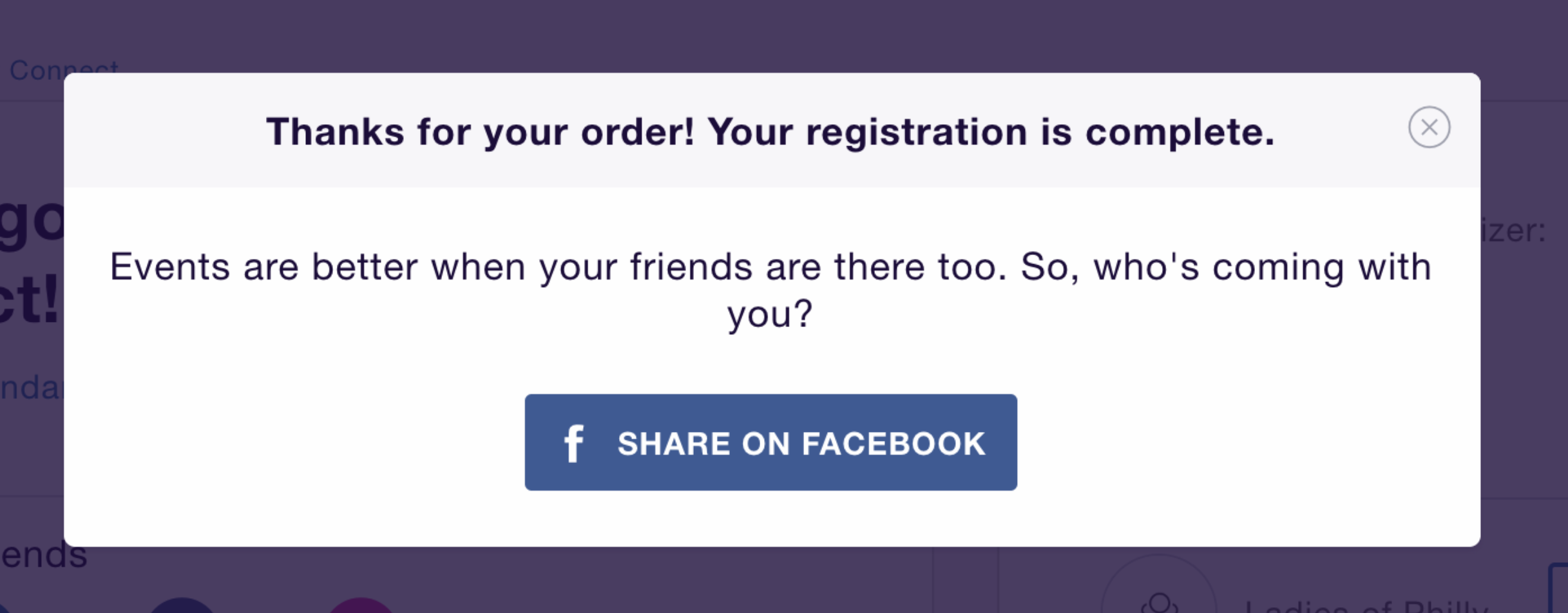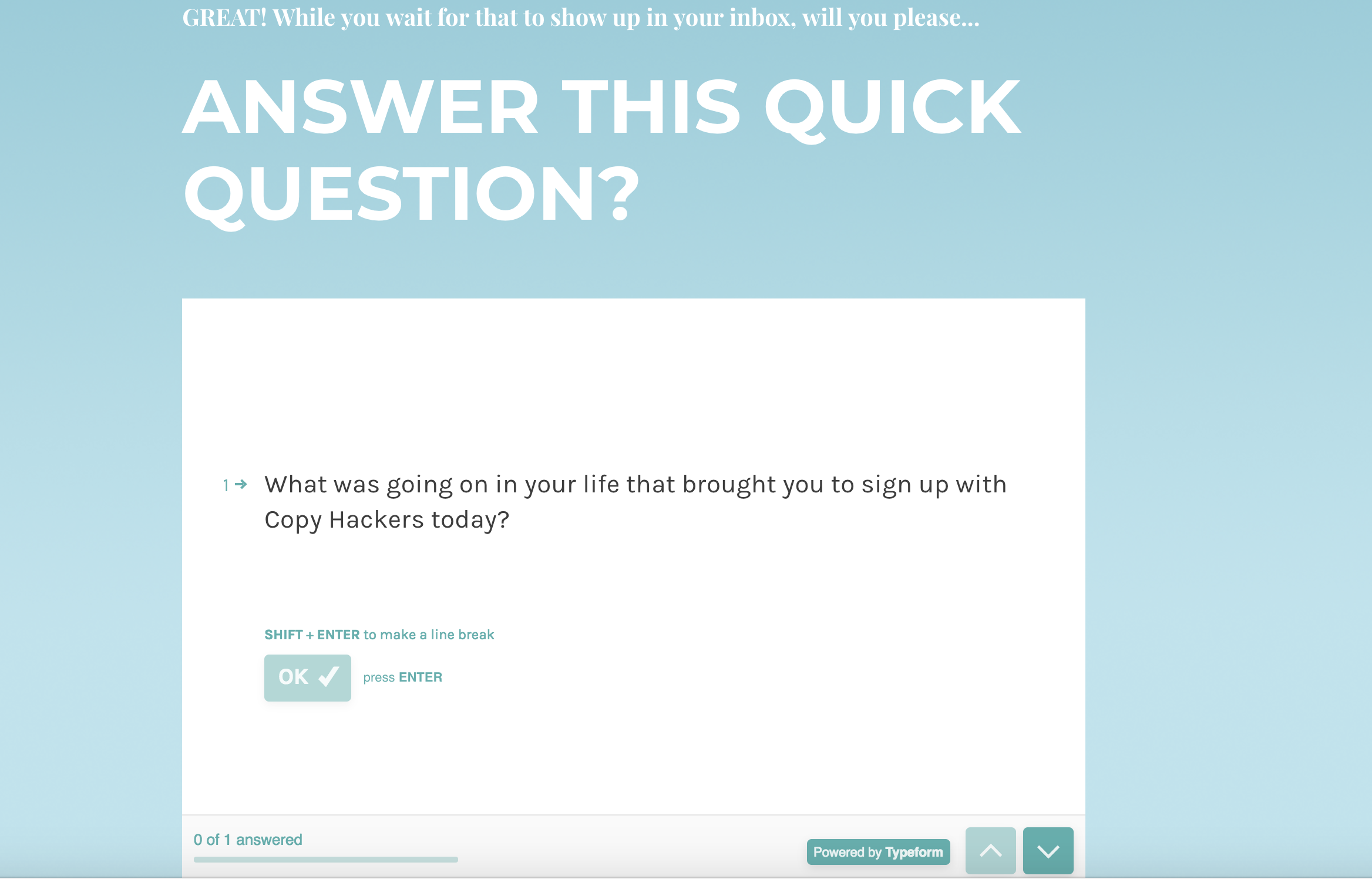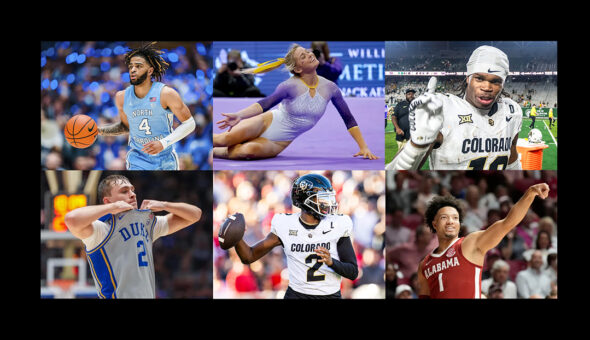How Thank You Pages Benefit Higher Ed
The college search—the search for belonging—is a daunting task. Put yourself in your students’ shoes. It’s your very first time on campus, and you just signed up for a campus tour. You’re a little nervous. You don’t know anyone, and no one really reaches out to make you feel welcome. And not to mention, the tour guide isn’t all that engaging either. By the end of your visit, you decide the university just isn’t for you and remove it from your list of potential options. While that first university might have had everything that you wanted, it lacked hospitality. It’s the same with your higher ed website. Our goal at all times is to help prospective students feel secure and confident that they’ve made the right decision and excited for the next step on their journey. How do you do this? By fostering relationships, offering encouragement, and inviting prospective students to go even deeper. In this sense, Thank You pages are a sign of hospitality.
Hospitality is vital, and your students need to feel that warmth before they even step foot on your campus. Show prospective students that they belong at your university or college with a personalized Thank You page.
Your Thank You page is a subtle way to let your students know you value their interest. And those subtle signals shouldn’t be overlooked. After all, 95% of our purchase decisions take place in the subconscious mind.
“At the end of the day, people won’t remember what you said or did, they will remember how you made them feel.” -Maya Angelou
Let your prospective students know that you appreciate their interest in your university or college, give them something of value to walk away with, and encourage them to come back for more engaging content.
Why Thank You Pages Are So Successful: A Psychological Perspective
Still not sold on Thank You pages? Let’s look at the research. According to a study by Dr. Amit Kumar, a professor at the University of Texas at Austin who studies well-being, and Nicholas Epley, who studies social cognition at the University of Chicago, due to an “egocentric bias” people on average tend to underestimate the impact that expressing gratitude has on others. However, in reality, Thank You pages are actually one of the most opportune times to ensure lead retention because of innate psychological triggers that influence our decisions. Check it out.
Successive Approximations
According to the psychological trigger of “successive approximations,” if your lead opted in once, they’re likely to opt in again. Successive approximations, also known in the marketing industry as the foot-in-the-door technique, states that once someone completes a small action, they are more likely to complete a second and even more meaningful one. Related: The goal is to give your prospective students the content they want before they even know they want it. Learn how you can apply Netflix’s powerful digital marketing strategy to your higher ed institution. If you’ve ever been in a situation in which you carried out a task, like completing a Netflix episode for example, when asked to complete a follow up task, you likely thought to yourself, “Well, I might as well watch this next episode too.”
“The principle is this: start by asking someone for something small. If they comply with your first small request, they will be more likely to respond to your next and bigger request.” – Neil Patel
Use this theory to improve your RFI form conversion rate without angering your admissions team. The average form contains 11 form fields. But reducing that number to 4 increases conversions by 120%. But you don’t have to lose that extra prospective data. Instead, follow up quickly by asking them to complete additional form fields so you can send them even more personalized information.
Reciprocity
Another psychological trigger is the principle of reciprocity. The principle of reciprocity states that when a kind action is done for someone, the recipient naturally desires to return the favor. It’s part of our human nature. This concept is excellent to keep in mind when deciding on what kind of content you’re going to provide and how you present the offer. By making a generous offer, you increase your chances of a generous reciprocal action.
When we think of our leads as people, the importance of some of the easiest lead nurturing tactics suddenly makes sense.
For example, offer a webinar or a Facebook Live where prospective students can ask questions and get answers in real time straight from current students, program directors, or faculty. Your prospective students are likely to reciprocate this action by joining you for the session.
Post-Purchase Rationalization
Have you ever made a purchase that was a bit out of your budget and then needed to rationalize that your purchase was a good idea? This is called post-purchase rationalization. As humans, we like to be certain that we’re headed in the right direction, and we desire to feel good about the decisions that we make. Your prospective students need to be reassured that opting in for your offer was a good idea. Make them feel good about their decision with encouraging copy on your Thank You page and social proof to give them a glimpse of others who have made a similar choice. If you don’t, you’re missing out on a huge opportunity. So, how do you craft the perfect Thank You page?
The Anatomy of The Perfect Thank You Page
Your Thank You page is about providing prospective students with even more value. But how do you accomplish that? At a minimum, your Thank You pages should include these four items:
- Deliver on your first offer
- Make a generous follow-up offer
- Craft a clear call-to-action
- Encourage new leads to stay connected with social links or a newsletter opt-in
Related: Calls-to-action are an integral part of generating leads, and yet so many higher ed websites don’t have them. Check out this post to see why you should.
When crafting the copy, make sure to emphasize the benefits of the new offer and show them why it’s worth their time. It’s not so much about “what” you’re offering, it’s the strength of the “why” behind it. Choose images that foster excitement and reassurance in your prospective students, and end with a clear call-to-action. You’ll also want your prospective students to know how you really feel through honest, relatable copy.
Honest, relatable copy includes the 5 following sentiments:
- Express enthusiasm by saying thank you.
- Extend hospitality and warmth by letting your new lead know you’re happy they’re here.
- Build their confidence by affirming your prospective student in their decision to opt in.
- Invite them to take the next best step by making a second generous offer.
- Encourage your prospective student to stay connected via social media or a newsletter opt-in.
Want to create an amazing Thank You page, but don’t know exactly what to offer? Keep on reading to gain insight on four Thank You page ideas that will delight your prospective students and make your institution shine.
Four Thank You Page Offer Ideas To Delight Prospective Students
In a 2017 study, six out of ten customers cited that “surprise rewards” are reason enough to stay loyal to a brand, and 56% of consumers reported that “personalized rewards” improved their impressions of a brand. So, be sure to make a generous offer, and make sure that it’s closely connected to the previous one offered on your landing page. Check out these four Thank You page offer ideas that will surprise your prospective students.
Present Them With A Thank You, Welcome, Or Campus Tour Video.
Videos are great opportunities to showcase your school, faculty, students, and campus. Videos give prospective students an immersive look at your university that copy just can’t provide, and they’re an excellent way to get prospective students excited about your school and/or genuinely express your enthusiasm for their interest. Need some inspiration? Check out this stunning campus drone tour created by a student at Penn State University.
Delight Them With Interactive Content
Did you know that interactive content generates two times more conversions than static content? That’s likely because 91% of buyers prefer to consume interactive content over static content. Consider adding interactive content to your higher ed marketing tool box. Interactive infographics, contests, quizzes, calculators, and other creative content can strengthen the prospective students’ connection with your school. For example, depending on where they are in their applicant’s journey, you can offer quizzes about choosing a major or discovering which campus clubs they should check out.
Ask Personalization Questions
In light of the foot-in-the-door technique, let your new lead know you’d like to enhance their experience and ask them a few questions that lead to qualitative answers. Once you have the results, you’ll have a better idea of which buyer persona your prospective student falls under, so you can deliver them the right content at the right time.
Consider Asking These Three Questions:
- How frequently do you like to receive emails?
- What is the biggest challenge you are facing right now?
- What are you most looking for in a college?
Share Student Success Stories
Showcasing student success stories builds your credibility, and they’re also a phenomenal way to connect with your prospective students. The goal is to find an authentic, enthusiastic student storyteller. Have them tell their story on film or compile a few direct quotes and a headshot. However you decide to do it, student success stories are always intriguing ways to showcase the beauty of your school, campus life, and how the entire college experience has impacted the lives of current students and alumni, ultimately captivating your new leads in an immersive and informative way.
Related: Curious about gated content? Check out this post to learn how higher ed can leverage it to generate more leads and applications.
You can also include links to your most popular blog content and invite them to your next campus or online event. The possibilities are endless with Thank You pages, so don’t be afraid to get creative! Whatever you do, don’t offer all of these ideas at once or else you’ll overwhelm your website visitors with analysis paralysis. Tempted to try more than one or two of the above ideas? Conduct an A/B test.
3 Thank You Page Examples And What Higher Ed Can Learn From Them
Sometimes, the best inspiration comes from outside your industry. So, we decided to round up a few of our favorites from different industries and pinpoint the best practices they’re using. Check them out to see how you can recreate them for your higher ed marketing strategy.
Example #1: Immersive Content + Inviting Copy
